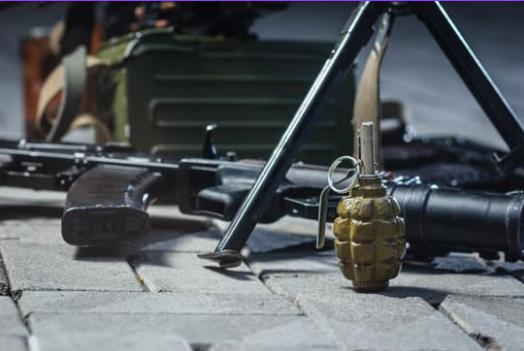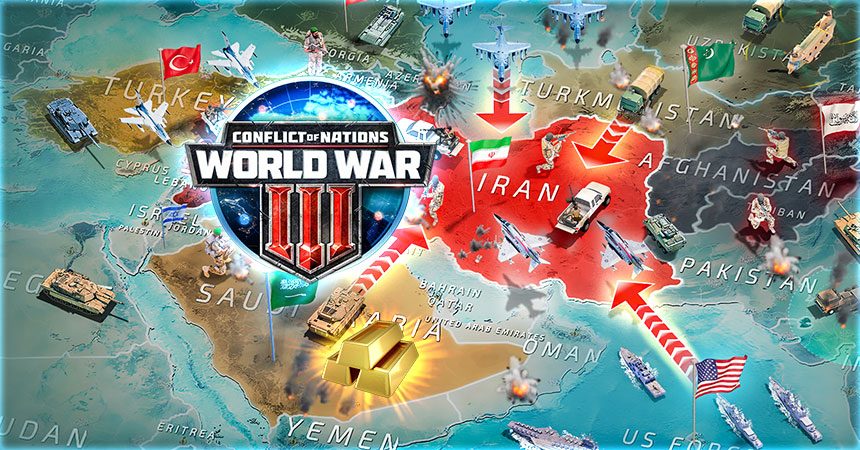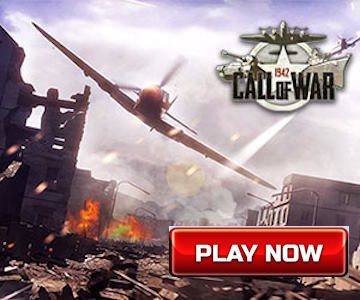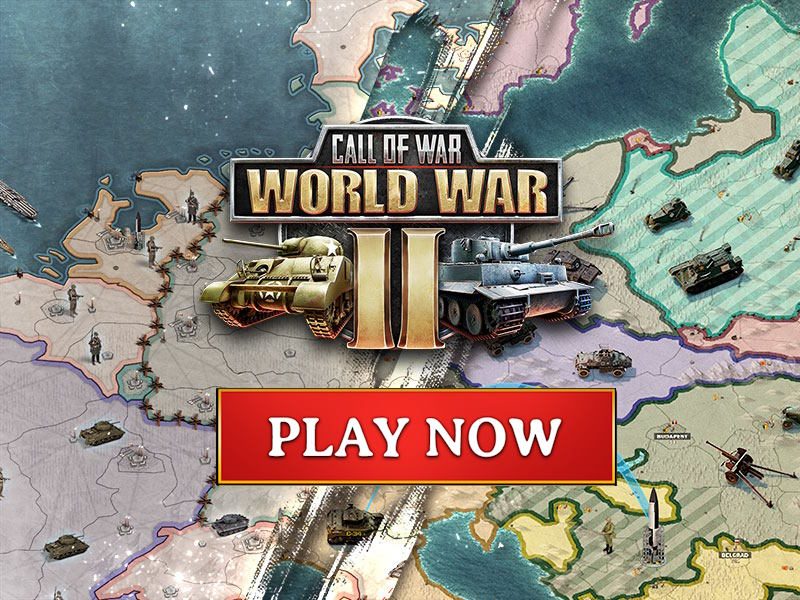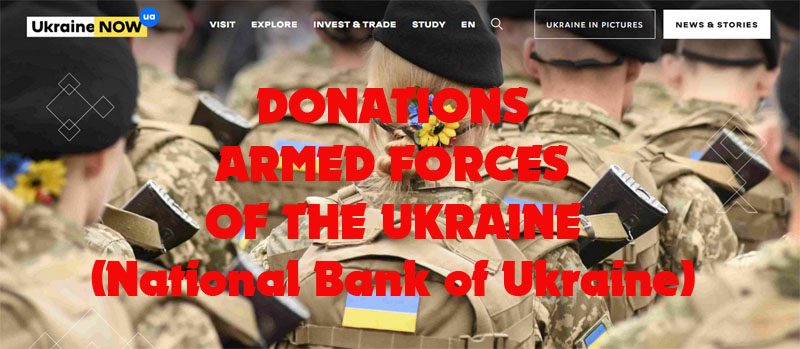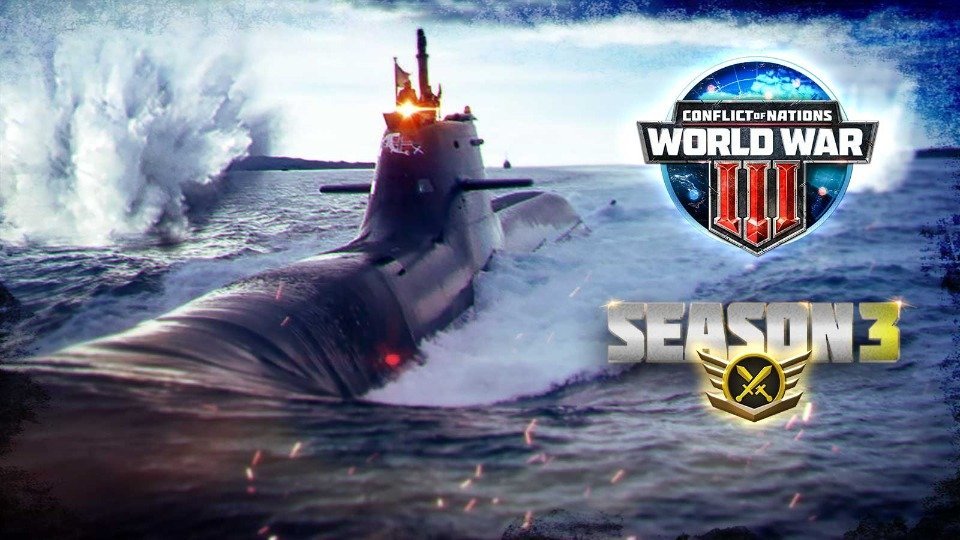Soviet Weapons of the Winter War and WWII.
When you dig into the brutal and unforgiving battles of the Winter War (1939-1940) and the larger scope of World War II, you quickly realize that the story isn’t just about strategy or numbers—it’s about the weapons soldiers carried into the field. Pathfinder Militaria, an online gun store, takes a close look at the iconic Soviet arms that shaped these conflicts, from the icy forests of Finland to the massive battlefields of Eastern Europe. These weapons weren’t just tools; they were lifelines that had to work flawlessly under punishing conditions.
The Winter War: A Test of Man and Machine
Table of Contents
The Winter War was unique in many ways. It pitched the Soviet Union against Finland in a clash of vastly different military philosophies, tactics, and environmental hardships. The biting cold, deep snow, and dense forests made it a nightmare for soldiers and equipment alike. The Soviets learned quickly that their weapons needed to be both rugged and reliable, or else they wouldn’t survive the conditions — much less their skilled Finnish opponents.
Mosin-Nagant M91/30: The Backbone of Soviet Infantry
Nothing embodies Soviet infantry firepower during this era quite like the Mosin-Nagant M91/30 rifle. It’s a straightforward, bolt-action rifle, but don’t let that simplicity fool you. This rifle was famed for its ruggedness and reliability, able to function in bone-chilling temperatures where more delicate weapons might jam or fail. Its effective range and accuracy made it ideal for everything from suppressive fire to deadly sniper engagements.
Speaking of snipers, the Mosin-Nagant sniper variant became legendary. Finnish sniper Simo Häyhä, known as the “White Death,” took down hundreds of Soviet soldiers wielding similar rifles. The weapon’s reputation was well-earned, and it remained in Soviet arsenals throughout the war and beyond.
PPSh-41: A Close-Quarters Beast
If the Mosin-Nagant was the reliable workhorse for long-range shots, the PPSh-41 was the go-to weapon when things got up close and personal. Introduced just before the Winter War, the PPSh-41 submachine gun was a powerhouse with a crazy-high rate of fire, fed by a 71-round drum magazine.
What made it truly remarkable was its construction: stamped metal parts and a simple blowback system meant it was cheap and fast to produce, crucial for an army gearing up for a massive conflict. This weapon was notorious for its durability—no matter the weather or mud, the PPSh kept firing, earning the respect and loyalty of Soviet troops.
SVT-40: Ambition Meets Reality
The SVT-40 semi-automatic rifle represented the Soviet ambition to modernize infantry firepower. Compared to the Mosin-Nagant, it offered faster follow-up shots and semi-automatic capabilities, which meant soldiers could lay down more fire without manually cycling each shot.
That said, the SVT-40 wasn’t without its flaws. Its more complex mechanism required careful maintenance, something hard to manage in the chaos of battle or the freezing conditions on the Eastern Front. While it didn’t replace the Mosin-Nagant entirely, the SVT-40 gave Soviet infantry a glimpse into a more modern future.
Machine Guns and Artillery: The Muscle of Soviet Firepower
No discussion of Soviet weaponry would be complete without mentioning the DP-28 light machine gun and the classic Maxim M1910 heavy machine gun. The DP-28, with its pan-shaped magazine, was designed to provide sustained automatic fire at the squad level, crucial in both offensive pushes and defensive holds.
The Maxim M1910, heavy and mounted on a tripod, delivered suppressive fire over long distances. These machine guns, combined with an impressive arsenal of artillery, were the backbone of Soviet firepower. Artillery barrages often decided battles by softening enemy defenses, giving infantry the edge.
How These Weapons Shaped the Conflicts
The Soviet approach prioritized weapons that could be mass-produced, maintained easily, and operated under the harshest conditions imaginable. These weren’t elegant or fancy firearms; they were tough, utilitarian tools that soldiers depended on in some of the most grueling environments on earth.
The Winter War exposed weaknesses in Soviet tactics and equipment, but it also forced rapid adaptation. By the time World War II was in full swing, Soviet weapon designs had evolved, backed by experience and the need to outgun increasingly capable German forces.
Final Thoughts: More Than Just Firearms
At Pathfinder Militaria, we see these Soviet weapons as more than just historical artifacts. They’re symbols of resilience, grit, and the relentless push for survival in some of history’s most brutal clashes. Whether you’re a collector, a historian, or a military enthusiast, understanding the role and design of these weapons offers a vivid window into the harsh realities faced by soldiers.
The Mosin-Nagant, PPSh-41, and SVT-40 aren’t just relics; they tell stories of innovation born out of necessity, tales of men who faced bitter cold, overwhelming odds, and fought with what was at hand.


